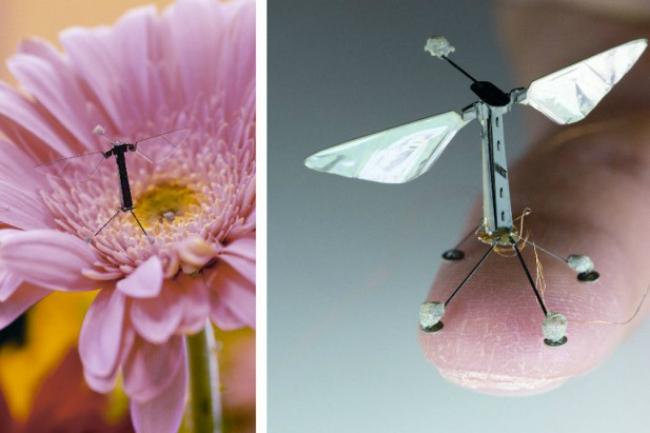
The next generation of flying robotic drones may resemble some of nature’s most familiar airborne creatures.
In a special issue of the journal Bioinspiration and Biomimetics, 14 research teams released a number of new experimental drone designs, which reportedly possess exquisite flight control and can overcome many of the problems drones may face when navigating urban terrain.
The researchers said they took their design cues from nature, by closely examining animals such as birds, bats, insects — and even land dwelling snakes.
“Flying animals can be found everywhere in our cities,” guest editor Dr. David Lentink, from Stanford University, wrote in an opening editorial. “From scavenging pigeons to alcohol-sniffing fruit flies that make precision landings on our wine glasses, these animals have quickly learnt how to control their flight through urban environments to exploit our resources.”
According to the report, one of the biggest challenges facing robotic drones is the ability to survive the elements, such as extreme heat, bitter cold and especially strong winds. To overcome this issue, a team of researchers studied hawk moths as they battled different whirlwind conditions in a vortex chamber, in order to harness their superior flight control mechanisms.
Another team from Hungary aimed to mimic the flocking of birds, by developing an algorithm that allows drones to huddle together while flying through the air. And a research team from Harvard constructed a fly-like microbot the size of a one cent coin, which can explore minuscule or very cramped spaces. Just like the ambidextrous insect, the pint-sized robot can take off and land and hover in the air for an extended period of time.
These drones are meant to be used for numerous applications, from military surveillance and search and rescue efforts to flying camera phones and courier services. So Amazon want to take some notes.
Editors' Recommendations
- DJI’s Mini SE 2 drone just got a rare price cut
- Optical illusions could help us build the next generation of AI
- Scientists think the next big solar storm could create an ‘internet apocalypse’
- Parrot’s 4G-connected Anafi Ai drone is the Google Maps car of the skies
- Here’s what a trend-analyzing A.I. thinks will be the next big thing in tech


